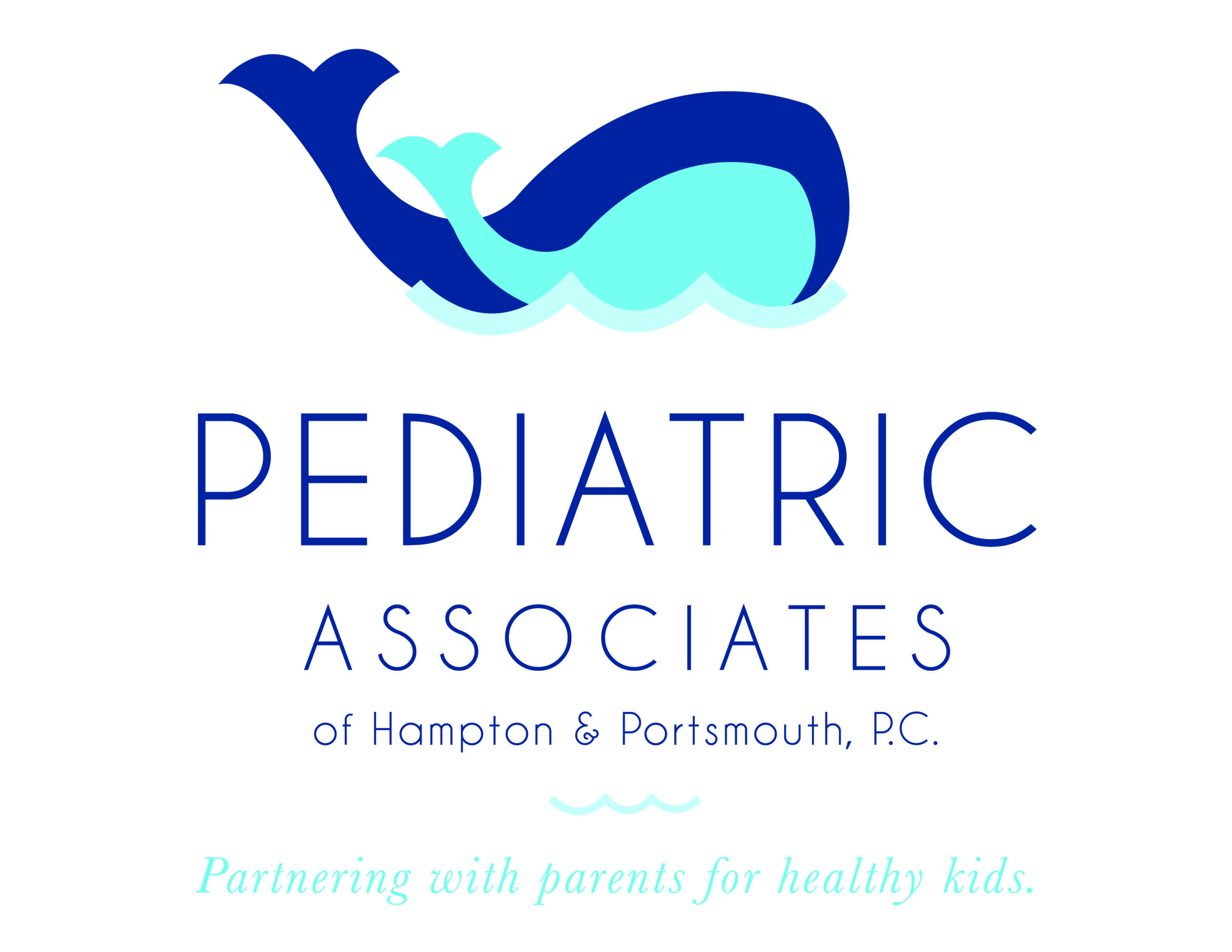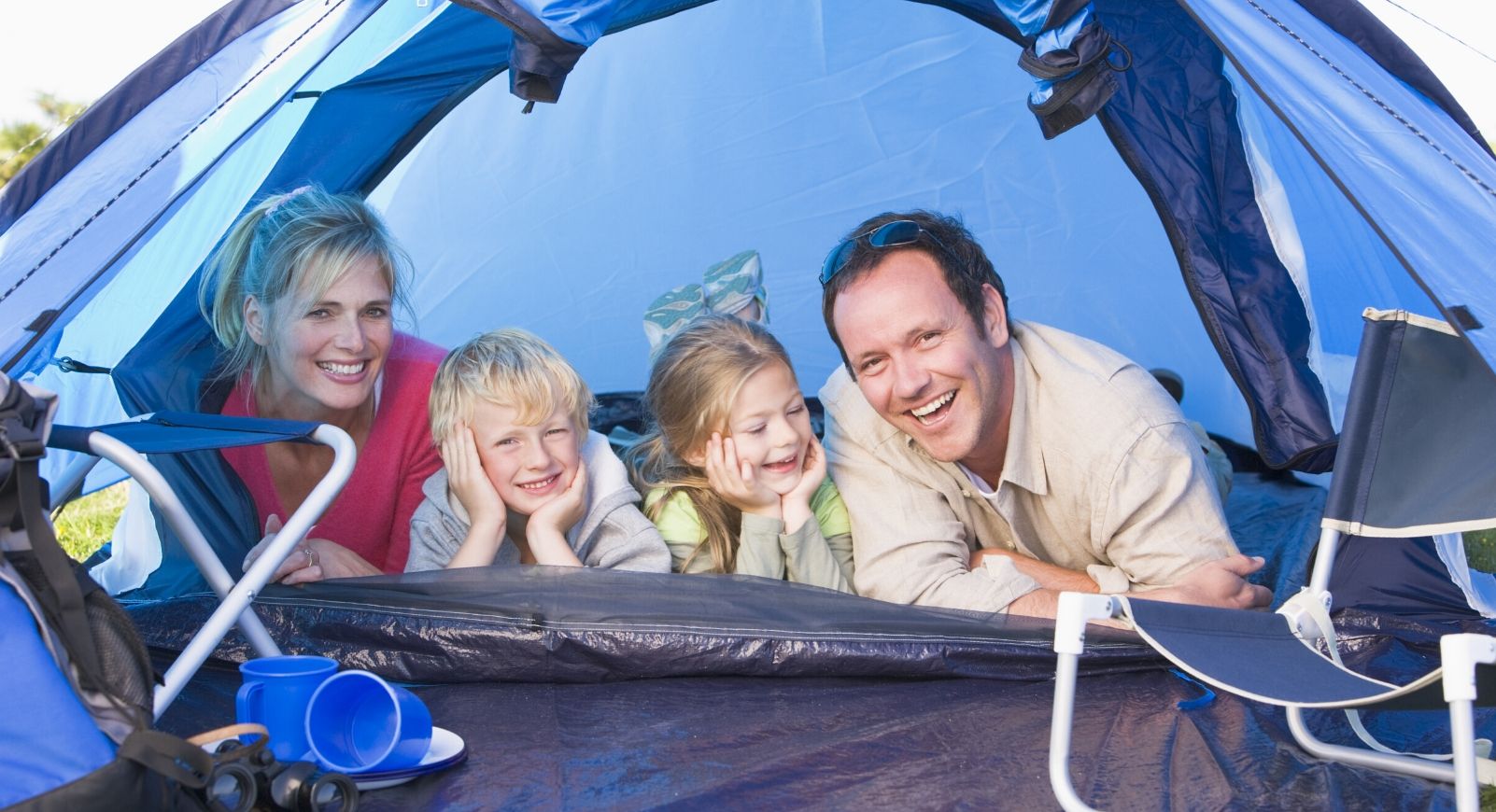With the help of our readers, we’ve collected a number of questions parents have about Coronavirus. We want to help you stay calm and get the best information you can. This is Part 1 of 3.
Part 2: Prevention and Preparation
Part 3: Community Mitigation and Social Distancing
1) What is the timeline of the virus’ symptoms? At what point are people contagious and then no longer contagious?
- The “incubation period”, or the time between catching the virus and beginning to have symptoms of the disease, is estimated to range from 1-14 days, most commonly around five days.
- Per the CDC, people are thought to be most contagious when they are the most symptomatic (the sickest). The virus is thought to spread mainly between people in close contact (i.e. within about 6 feet of each other) via an infected person’s cough or sneeze, when these respiratory droplets land in the mouth or nose, or are inhaled into the lungs.
- However, some spread might be possible before people show symptoms, and a recent study in the medical journal The Lancet found that median duration of viral shedding in a cohort of patients from Wuhan, China was 20 days – which is to say, longer than the current 14-day incubation/quarantine period. This is why good hand hygiene, refraining from touching one’s face, regular cleaning off “high-touch” surfaces, etc. are important always.
2) What symptoms should we be on the lookout for? When should people stay away from others? A fever? A cough? Congestion? How do we know if it’s COVID 19 or a cold? Or the flu?
- The most common symptoms of COVID-19 are fever, fatigue, and dry cough. Some patients may also have body aches, nasal congestion, runny nose, sore throat or diarrhea. These symptoms are usually mild and begin gradually. (Therefore, sudden onset of symptoms is less consistent with typical COVID-19 presentation. And if you DON’T have fever or cough, it is much less likely to be COVID-19.)
- Since there currently isn’t the capability to test everyone with any of the above symptoms for COVID-19, it may be difficult to determine whether your child has a mild case of COVID-19 or the common cold. However, many pediatric offices can perform rapid flu testing in the office, as well as testing for other sources of fever, including strep, mononucleosis, and/or RSV.
- If you are able, stay home if you are sick. As pediatricians, we always recommend keeping your child home if they have a fever. Your school may have its own policy about whether children with congestion or a mild cough can attend at this time. Regardless, review with your children how to wipe their nose with a tissue (and throw it in the trash!), cough or sneeze into a tissue or their elbow, wash their hands frequently, and avoid touching their face. Contact your pediatrician if you have questions.
- Consider what your childcare arrangements would be if your child develops symptoms or if schools are closed. Look into whether working from home is an option, again, if you are sick or your children’s school is closed.
https://www.who.int/news-room/
https://www.cdc.gov/
https://www.cdc.gov/
3) Where is testing available? If at all? How many people have actually been tested?
- Per the CDC website, as of March 11th, just over 11,000 people have been tested in the U.S. Of those tested, there are 1215 presumptive positive and confirmed cases.
- Remember that only severely ill patients, OR those with signs/symptoms consistent with COVID-19 AND a history of travel to a high-risk country or known exposure to a COVID-19 case are being tested at this time.
- As of March 10th, 79 state and local public health labs in 50 states and the District of Columbia have to ability to test for COVID-19. Your pediatrician’s office does NOT have the ability to test for COVID-19. They can, however, test for other causes of fever and/or cough, such as strep and flu.
- Call your primary care provider if you are concerned that your child might need testing. You may also call your local department of health if you have questions:
- New Hampshire (6 confirmed or presumptive positive cases), Division of Public Health Services – 603-271-4496
- Maine (0 confirmed or presumptive positive cases) – Dial 211 (or 1-866-811-5695), text your ZIP code to 898-211, or email info@211maine.org
- Massachusetts (108 confirmed or presumptive positive cases) – 617-983-6800
- If it is after-hours and your child’s symptoms are serious enough to merit a trip to the emergency department (ED), on arrival to the ED your child will be evaluated, and then the ED staff can contact the state health department to determine need for testing. However, given the prevalence of flu and other illnesses that your child may be exposed to in the ED, we still encourage you to reach out to your on-call primary care pediatrician first.
Sources:
https://www.cdc.gov/
https://www.cdc.gov/
4) Death rates for young children? For the immuno-compromised?
- A study of all COVID-19 cases in China through February 11th, 2020 looked at over 70,000 patients of which 44,672 cases were confirmed COVID-19. Only 0.9% of the confirmed cases were in children ages 0-9 years, and there were NO deaths in this age group. 1.2% of the confirmed cases were in kids age 10-19 years, and of the 549 children in this age group with confirmed COVID-19, only ONE died. The highest fatality rate was in the 80 years or older age group, and a majority of the deaths were in ages 60 years and up.
- Although the symptoms of COVID-19 are similar in children and adults, children with confirmed COVID-19 tend to have milder symptoms.
- Per the CDC, “It’s not known yet whether some children may be at higher risk for severe illness, for example, children with underlying medical conditions and special healthcare needs. There is much more to be learned about how the disease impacts children.” However, given some of COVID-19’s similarities to the flu, it would not be unreasonable to assume that children with chronic medical conditions such as asthma may be at higher risk of complications.
https://www.cdc.gov/
5) If we are sick, where do we go? Do we call first?
- As above, we recommend calling your primary care pediatrician first to discuss your child’s symptoms and determine an appropriate course of action. If your child’s symptoms are mild and you otherwise would not normally bring them to the doctor to be checked, it is safe to monitor for progression of their symptoms at home. If they need to see a doctor, your pediatrician should have a plan for safely assessing your child that prevents exposing other patients and staff. This may include using a separate entrance and having a provider wear special protective gear during the exam. After the exam, your pediatrician can also reach out to your local health department and infectious disease specialists on behalf of your child to discuss their signs and symptoms and develop a plan.
- If there is not a safe way to assess your child in the office, or if it sounds as if your child’s symptoms are too severe to manage in the office, your pediatrician will refer you to your local emergency department. If at any time you feel that it is a true medical emergency, call 911.
6) Where do you suggest going for up to date information?
We hope that this information is helpful to you in making informed decisions to keep your family and your community healthy. Our next post will cover preparation and prevention questions in greater depth. We encourage you to stay in touch with your pediatrician’s office as you navigate this evolving situation.

Alyssa Reyes Smith, M.D.
Boston Combined Residency Program, Urban Health and Advocacy Track
Perelman School of Medicine at the University of Pennsylvania Class of 2014

55 High Street, Suite 102
Hampton NH
603.929.3838
330 Borthwick Ave, Suite 101
Portsmouth NH
603.436.7171










